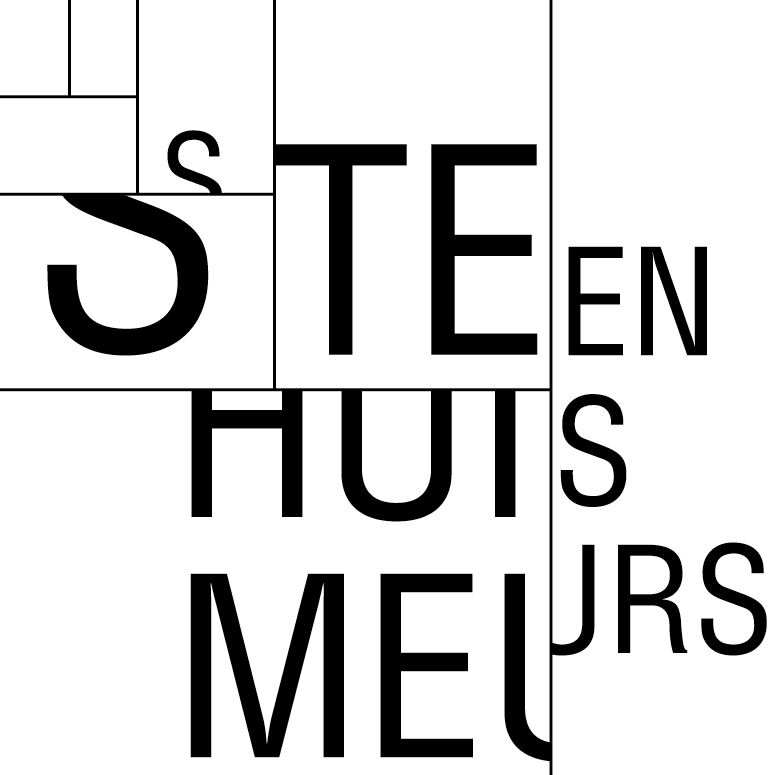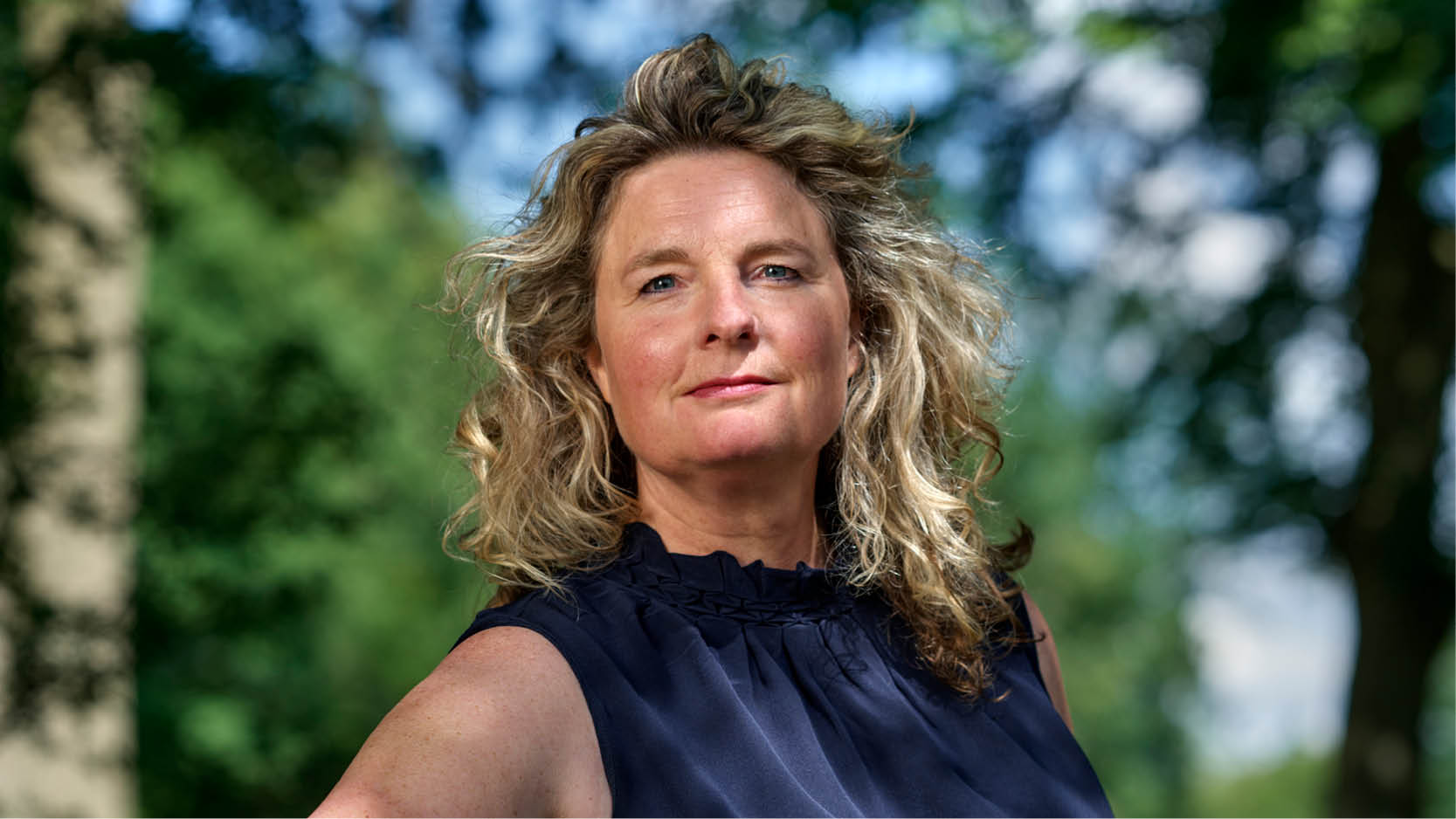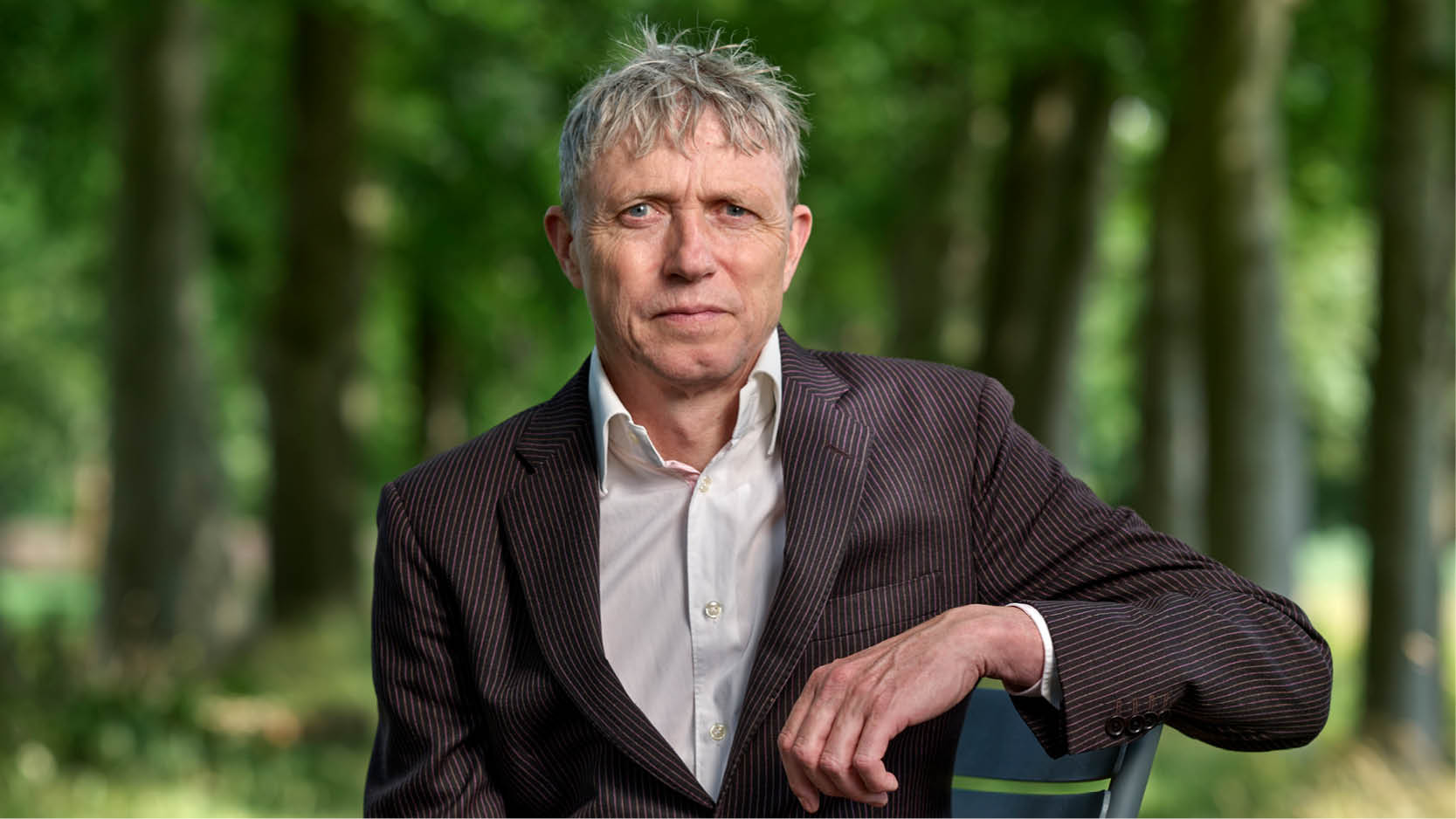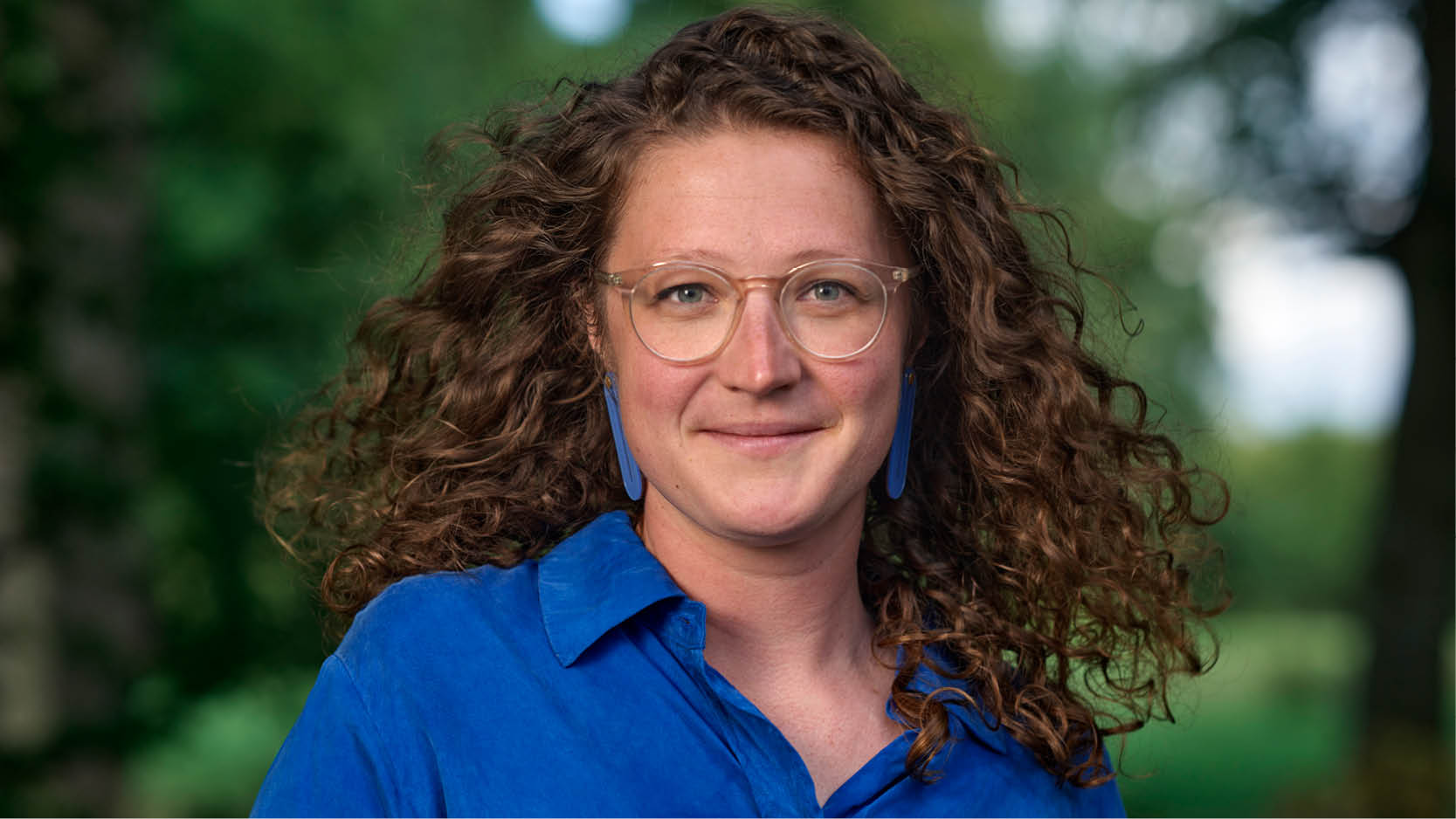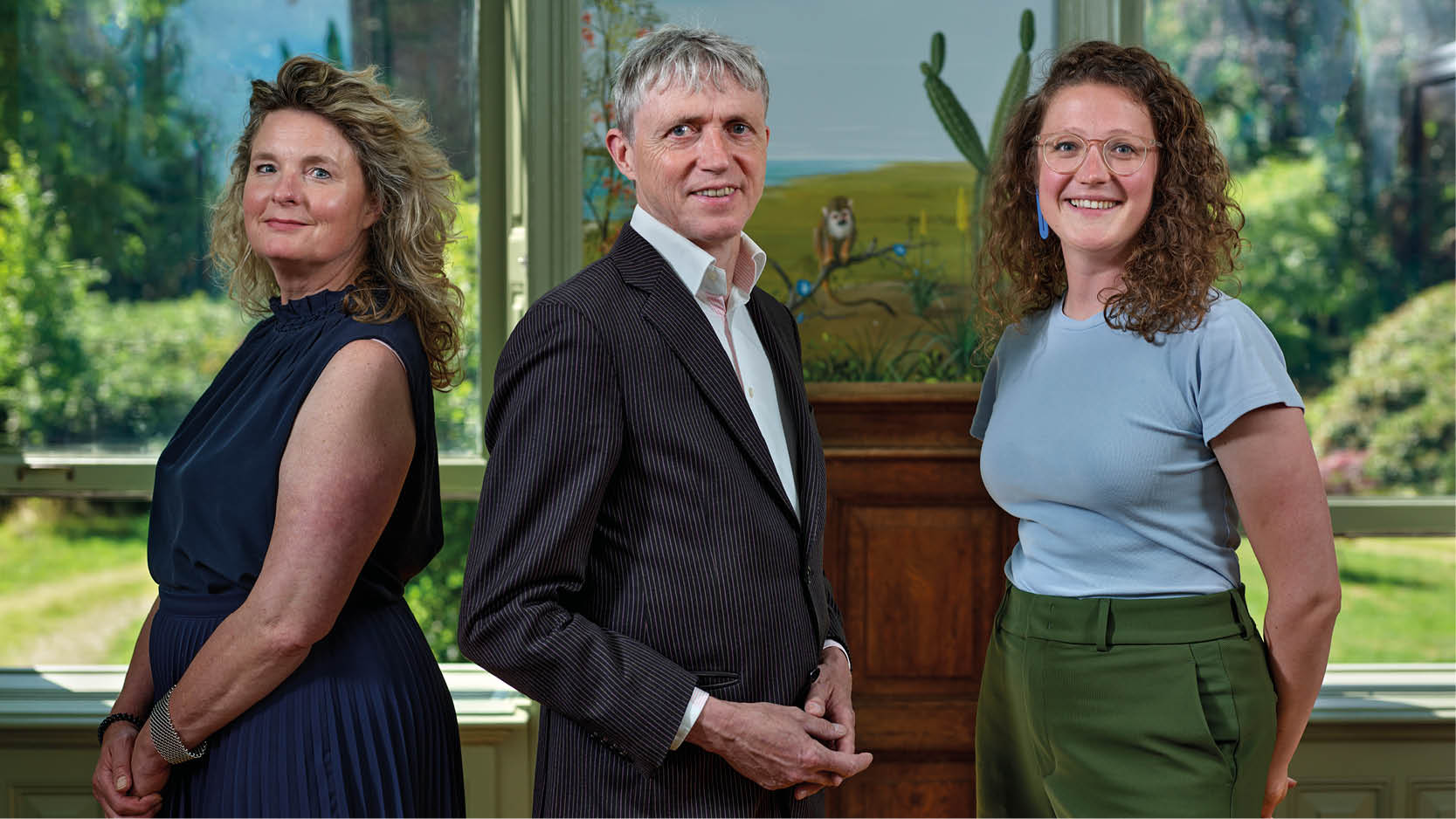
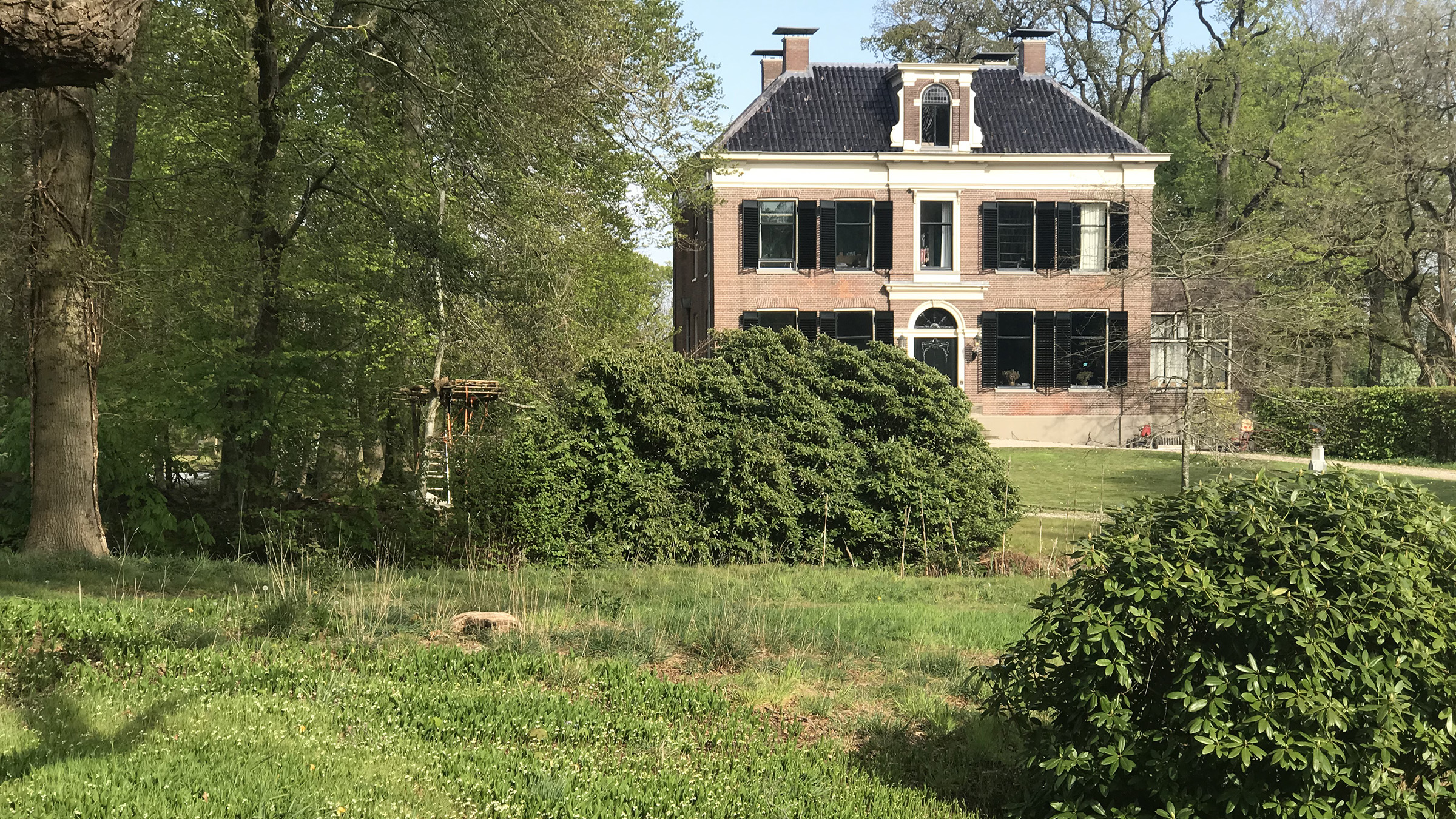


OFFICE
SteenhuisMeurs supplies current spatial assignments with a cultural heritage foundation.
We apply ourselves to the future of buildings, urban areas and cultural landscapes, based on the premise that these places have a memory. We interpret the context and define the capacity for change. We do this on behalf of governing authorities, real estate companies and design offices for whom spatial quality and cultural heritage values are inextricably linked. We enable them to make informed choices as regards, for example, adaptive reuse or new construction.
When buildings or areas are charged with new meaning, they can be made to survive for a long time in a social, a cultural and an economic sense. Our objective is to show the scope for change, certainly not to block developments. Once the frameworks are clear, the room for manoeuvre can be surprisingly large. Using text and images, we offer guidance and inspiration to developers, designers and policy makers. We understand the interests of real estate parties, and at the same time speak the language of monument conservationists and architects. We also appreciate contacts with local parties, such as historical associations. They frequently possess unique knowledge and are important for creating support. Whatever side of the table we are on, for us it is always the content that drives us and that connects parties.
The day-to-day management of SteenhuisMeurs consists of Marinke Steenhuis, Paul Meurs and Vita Teunissen
PARTNER
MARINKE STEENHUIS
Dr Marinke Steenhuis (1971), partner and architectural historian, grew up in the province of Drenthe and works as an advisor for municipalities, design offices and market parties. After sixty years of makeability and model thinking in spatial development, concepts such as context, identity and mentality are back on the agenda. How can we create living and working environments that are socially, culturally and economically sustainable? Marinke is an expert in the field of area identity. When the identity of the place is central to the assignment, opportunities and possibilities for innovation and support for changes will arise. Her strength lies in research and concept development concerning the mentality (‘genre de vie’) and spatial identity of areas. On the basis of a strong narrative focusing on the characteristics of an area, an inspired vision emerges, with the associated framework and assessment instruments. Marinke is a much sought-after speaker and writer, and a powerful connector between developing parties, designers, citizens, stakeholders and the heritage world. She is used to being on different sides of the table. She is a member of the Quality Teams of Artis in Amsterdam and of Water Authority Rhine and IJssel. Additionally, Marinke is a board member of the Carnegie Foundation. Additionally, she co-developed the course Gebiedsontwerp at the Academy of Architecture in Groningen and is one of the lecturers.
PARTNER
PAUL MEURS
Dr. Paul Meurs (1963), partner and architect-researcher, grew up in a village, studied in Delft and continued his training in Sao Paulo. He is specialised in advising on transformation assignments in the existing city. Paul’s strength lies in converting cultural heritage values into guiding principles, frameworks or input for transformation processes. This is in line with Dutch heritage policy, in which the emphasis has shifted towards an area-oriented and development-oriented approach. This means that cultural heritage assessment studies should yield more than recommendations for conservation. It also includes defining the scope for change and the nature of that change. Paul focuses on the question of how the existing quality of a building or an area can be the starting point for new, appropriate development - for example in the form of architectural guidelines, transformation guidelines, area visions, supervision and (occasionally) a design. Where is there room for interventions in a building and an area? Within which frameworks are interventions possible and how do you determine the impact of an intervention on the cultural heritage quality? From 2006 to 2018, Paul was involved in the redevelopment of Strijp R in Eindhoven, and advised on the redevelopment of dozens of heritage sites in the Netherlands. He is supervisor of multiple heritage transformation projects, a member of the Quality Teams of the Dutch Water Defence Lines world heritage site and Topicus Deventer, and of the Investment Committee of Boei. From 2006 to 2016 Paul held the chair of Heritage and Cultural Value at TU Delft. On behalf of the Cultural Heritage Agency of the Netherlands and the Dutch embassies, Paul is regularly involved in international exchanges (Russia, India, Brazil) in order to highlight the innovative Dutch heritage practice.
PARTNER
VITA TEUNISSEN
Vita Teunissen MA MSc (1994), partner and architect-researcher, lives and works in Rotterdam. In the light of today’s major challenges, the identity and uniqueness of places often recede into the background. Vita connects the language of history with that of design analysis. Her strength lies in linking immaterial themes – identity, narratives and memories – with spatial characteristics and interventions. The softer values of place offer recognition, meaning and perspective in complex spatial assignments. There is always room for change, as long as we cherish our memory and allow what exists to give meaning to what is new. It is precisely the soft values that offer recognition, grip, meaning and perspective in frequently complex spatial assignments. Vita is a member of the Adviescommissie Omgevingskwaliteit in Delft and of the Quality Teams of the Afsluitdijk (Enclosure Dam in the former Zuiderzee). She works from a former dairy shop in Overschie, our Rotterdam office.
ARCHITECT-RESEARCHER
JELLE HETTEMA
Jelle Hettema MSc, MA (1993), architect-researcher, grew up in Nunspeet, Northern Veluwe. He studied architecture at Delft University of Technology, where he carried out his graduation research at the Heritage & Architecture department, on the subject of a new interpretation of Structuralism. In addition, he graduated in 2018 from VU University of Amsterdam as an architectural historian, specialising in the subject of architecture of reused shipping yards. This is how the fascination for historical and modern architecture took shape. Throughout his studies, the conviction grew that architecture is not static, but is continuously evolving. The challenge is to be found in the playing field between history and future. Preservation is not paramount, but can fulfil quality standards by using historical stratification in present-day assignments. In this context, cultural heritage can serve as a basis for the development of buildings, cities and landscapes.
At SteenhuisMeurs the projects he worked on included the (national) monumental buildings in the gas mining area (plagued by earthquakes) in the province of Groningen, a cultural heritage valuation for the monumental part of Blijdorp Zoo, and a design for the ‘glop’, i.e. the narrow path south of the mustard mill ‘De Huisman’ at Zaanse Schans.
FORMER EMPLOYEES
José Luikens, Office manager
Anastasija Ćirić, Trainee
Ella Boelens, Trainee
Isabel van Lent, Architectural Historian
Martha Boekestein, Architectural Historian
Johanna van Doorn, Architect-researcher
Cathelijne van Andel, Trainee
Joke Reichardt, Architectural Historian
Benjo Zwarteveen, Designer-researcher
Joël van der Moore, Trainee
Victorien Koningsberger, Architectural Historian
Ingwer Walsweer, Trainee
Julia Geven, Student Architectural Historian
Thomas Kelderman, Trainee
Maurice Moerland, Trainee
Gerdien van der Graaff, Architectural Historian, Architect
Marlies Noijens, Architectural Historian
Minke Walda, Architectural Historian
Lara Voerman, Architectural Historian
Joost Emmerik, Landscape Architect
Marloes Fransen, Landscape Architect
Annemarie Kuijt, Architectural Historian
Glenn Zevenbergen, Trainee
Marit Ligtenberg, Architectural Historian
Anke Vroon, Office Manager
Luc Timmermans, Trainee
Henriëtte Sanders, Architectural Historian
Désiree Kerklaan, Designer
Paoletta Holst, Trainee
Hilde Sennema, Architectural Historian
Chawwah Six, Architectural Historian
Merel Stolker, Architect
Anne Sophie de Bruijn, Architect
Elisabeth Boersma, Architect
Paula Klaver, Architectural Historian
Marcel IJsselstein, Trainee
Mariana Popescu, Trainee
Marc van Asseldonk, Architect
Sanne van Wijk, Trainee
Myrna Plomp, Architect




OFFICE
SteenhuisMeurs supplies current spatial assignments with a cultural heritage foundation.
We apply ourselves to the future of buildings, urban areas and cultural landscapes, based on the premise that these places have a memory. We interpret the context and define the capacity for change. We do this on behalf of governing authorities, real estate companies and design offices for whom spatial quality and cultural heritage values are inextricably linked. We enable them to make informed choices as regards, for example, adaptive reuse or new construction.
When buildings or areas are charged with new meaning, they can be made to survive for a long time in a social, a cultural and an economic sense. Our objective is to show the scope for change, certainly not to block developments. Once the frameworks are clear, the room for manoeuvre can be surprisingly large. Using text and images, we offer guidance and inspiration to developers, designers and policy makers. We understand the interests of real estate parties, and at the same time speak the language of monument conservationists and architects. We also appreciate contacts with local parties, such as historical associations. They frequently possess unique knowledge and are important for creating support. Whatever side of the table we are on, for us it is always the content that drives us and that connects parties.
The day-to-day management of SteenhuisMeurs consists of Marinke Steenhuis, Paul Meurs and Vita Teunissen
PARTNER
MARINKE STEENHUIS
Dr Marinke Steenhuis (1971), partner and architectural historian, grew up in the province of Drenthe and works as an advisor for municipalities, design offices and market parties. After sixty years of makeability and model thinking in spatial development, concepts such as context, identity and mentality are back on the agenda. How can we create living and working environments that are socially, culturally and economically sustainable? Marinke is an expert in the field of area identity. When the identity of the place is central to the assignment, opportunities and possibilities for innovation and support for changes will arise. Her strength lies in research and concept development concerning the mentality (‘genre de vie’) and spatial identity of areas. On the basis of a strong narrative focusing on the characteristics of an area, an inspired vision emerges, with the associated framework and assessment instruments. Marinke is a much sought-after speaker and writer, and a powerful connector between developing parties, designers, citizens, stakeholders and the heritage world. She is used to being on different sides of the table. She is a member of the Quality Teams of Artis in Amsterdam and of Water Authority Rhine and IJssel. Additionally, Marinke is a board member of the Carnegie Foundation. Additionally, she co-developed the course Gebiedsontwerp at the Academy of Architecture in Groningen and is one of the lecturers.
PARTNER
PAUL MEURS
Dr. Paul Meurs (1963), partner and architect-researcher, grew up in a village, studied in Delft and continued his training in Sao Paulo. He is specialised in advising on transformation assignments in the existing city. Paul’s strength lies in converting cultural heritage values into guiding principles, frameworks or input for transformation processes. This is in line with Dutch heritage policy, in which the emphasis has shifted towards an area-oriented and development-oriented approach. This means that cultural heritage assessment studies should yield more than recommendations for conservation. It also includes defining the scope for change and the nature of that change. Paul focuses on the question of how the existing quality of a building or an area can be the starting point for new, appropriate development - for example in the form of architectural guidelines, transformation guidelines, area visions, supervision and (occasionally) a design. Where is there room for interventions in a building and an area? Within which frameworks are interventions possible and how do you determine the impact of an intervention on the cultural heritage quality? From 2006 to 2018, Paul was involved in the redevelopment of Strijp R in Eindhoven, and advised on the redevelopment of dozens of heritage sites in the Netherlands. He is supervisor of multiple heritage transformation projects, a member of the Quality Teams of the Dutch Water Defence Lines world heritage site and Topicus Deventer, and of the Investment Committee of Boei. From 2006 to 2016 Paul held the chair of Heritage and Cultural Value at TU Delft. On behalf of the Cultural Heritage Agency of the Netherlands and the Dutch embassies, Paul is regularly involved in international exchanges (Russia, India, Brazil) in order to highlight the innovative Dutch heritage practice.
PARTNER
VITA TEUNISSEN
Vita Teunissen MA MSc (1994), partner and architect-researcher, lives and works in Rotterdam. In the light of today’s major challenges, the identity and uniqueness of places often recede into the background. Vita connects the language of history with that of design analysis. Her strength lies in linking immaterial themes – identity, narratives and memories – with spatial characteristics and interventions. The softer values of place offer recognition, meaning and perspective in complex spatial assignments. There is always room for change, as long as we cherish our memory and allow what exists to give meaning to what is new. It is precisely the soft values that offer recognition, grip, meaning and perspective in frequently complex spatial assignments. Vita is a member of the Adviescommissie Omgevingskwaliteit in Delft and of the Quality Teams of the Afsluitdijk (Enclosure Dam in the former Zuiderzee). She works from a former dairy shop in Overschie, our Rotterdam office.
ARCHITECT-RESEARCHER
JELLE HETTEMA
Jelle Hettema MSc, MA (1993), architect-researcher, grew up in Nunspeet, Northern Veluwe. He studied architecture at Delft University of Technology, where he carried out his graduation research at the Heritage & Architecture department, on the subject of a new interpretation of Structuralism. In addition, he graduated in 2018 from VU University of Amsterdam as an architectural historian, specialising in the subject of architecture of reused shipping yards. This is how the fascination for historical and modern architecture took shape. Throughout his studies, the conviction grew that architecture is not static, but is continuously evolving. The challenge is to be found in the playing field between history and future. Preservation is not paramount, but can fulfil quality standards by using historical stratification in present-day assignments. In this context, cultural heritage can serve as a basis for the development of buildings, cities and landscapes.
At SteenhuisMeurs the projects he worked on included the (national) monumental buildings in the gas mining area (plagued by earthquakes) in the province of Groningen, a cultural heritage valuation for the monumental part of Blijdorp Zoo, and a design for the ‘glop’, i.e. the narrow path south of the mustard mill ‘De Huisman’ at Zaanse Schans.
FORMER EMPLOYEES
José Luikens, Office manager
Anastasija Ćirić, Trainee
Ella Boelens, Trainee
Isabel van Lent, Architectural Historian
Martha Boekestein, Architectural Historian
Johanna van Doorn, Architect-researcher
Cathelijne van Andel, Trainee
Joke Reichardt, Architectural Historian
Benjo Zwarteveen, Designer-researcher
Joël van der Moore, Trainee
Victorien Koningsberger, Architectural Historian
Ingwer Walsweer, Trainee
Julia Geven, Student Architectural Historian
Thomas Kelderman, Trainee
Maurice Moerland, Trainee
Gerdien van der Graaff, Architectural Historian, Architect
Marlies Noijens, Architectural Historian
Minke Walda, Architectural Historian
Lara Voerman, Architectural Historian
Joost Emmerik, Landscape Architect
Marloes Fransen, Landscape Architect
Annemarie Kuijt, Architectural Historian
Glenn Zevenbergen, Trainee
Marit Ligtenberg, Architectural Historian
Anke Vroon, Office Manager
Luc Timmermans, Trainee
Henriëtte Sanders, Architectural Historian
Désiree Kerklaan, Designer
Paoletta Holst, Trainee
Hilde Sennema, Architectural Historian
Chawwah Six, Architectural Historian
Merel Stolker, Architect
Anne Sophie de Bruijn, Architect
Elisabeth Boersma, Architect
Paula Klaver, Architectural Historian
Marcel IJsselstein, Trainee
Mariana Popescu, Trainee
Marc van Asseldonk, Architect
Sanne van Wijk, Trainee
Myrna Plomp, Architect
